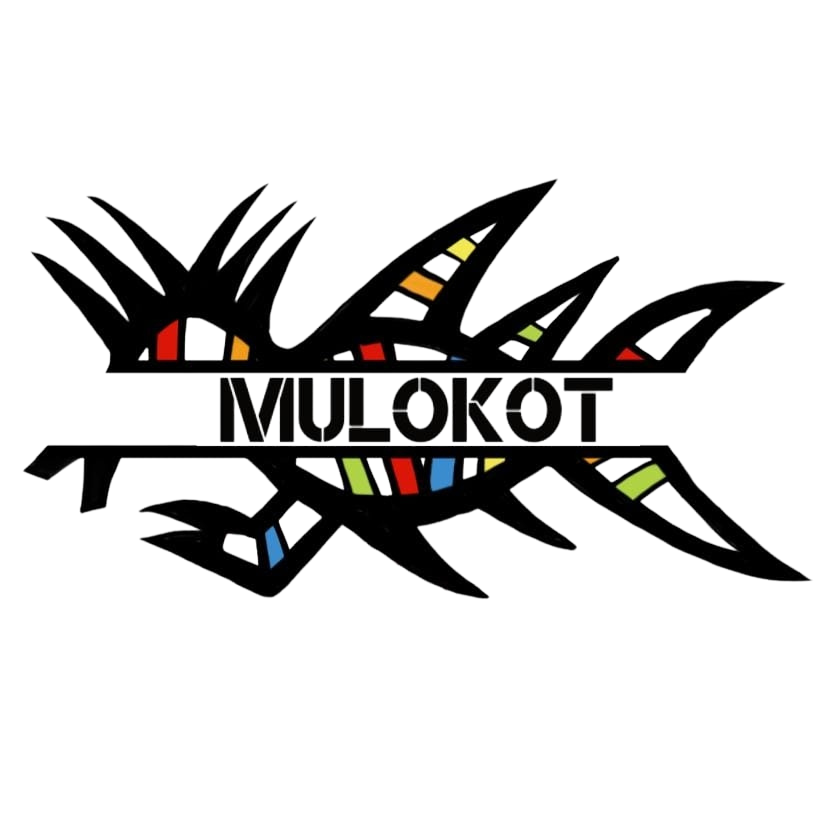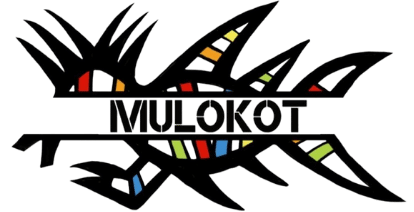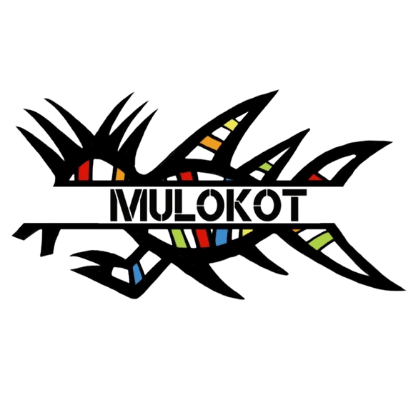Map of Wayana Territory breakthrough in fight for Indigenous land rights
November 15, 2024
Uncategorized
Our Partners
Our esteemed partners, dedicated funders, and generous donors play a crucial role in supporting our mission and helping us make a positive impact in the community.


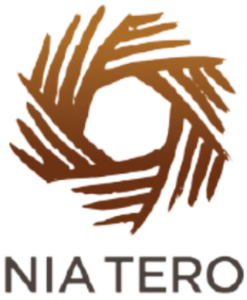
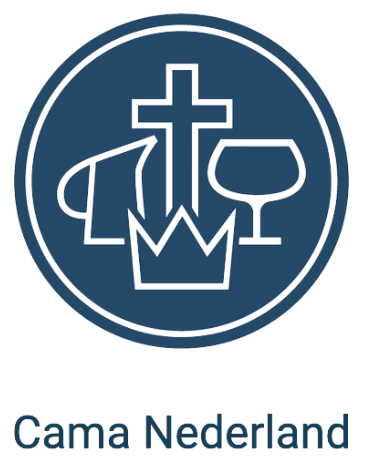
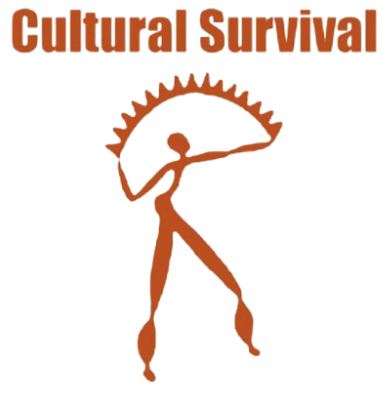




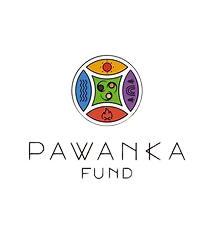



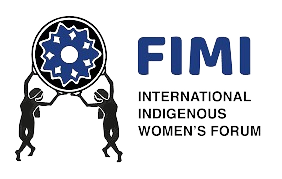
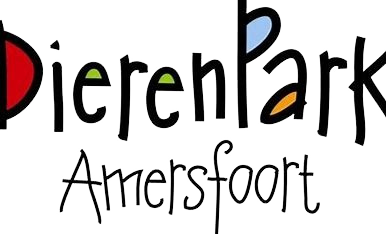



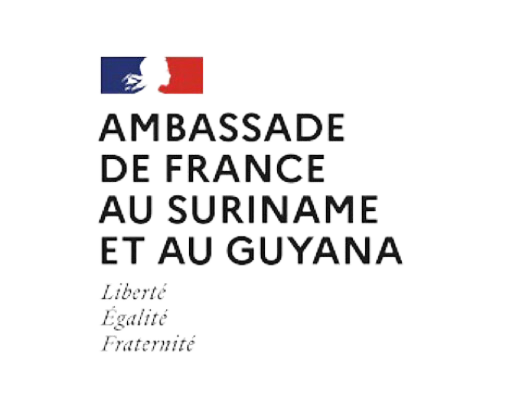
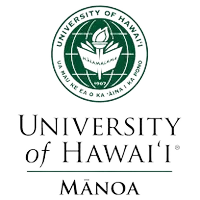
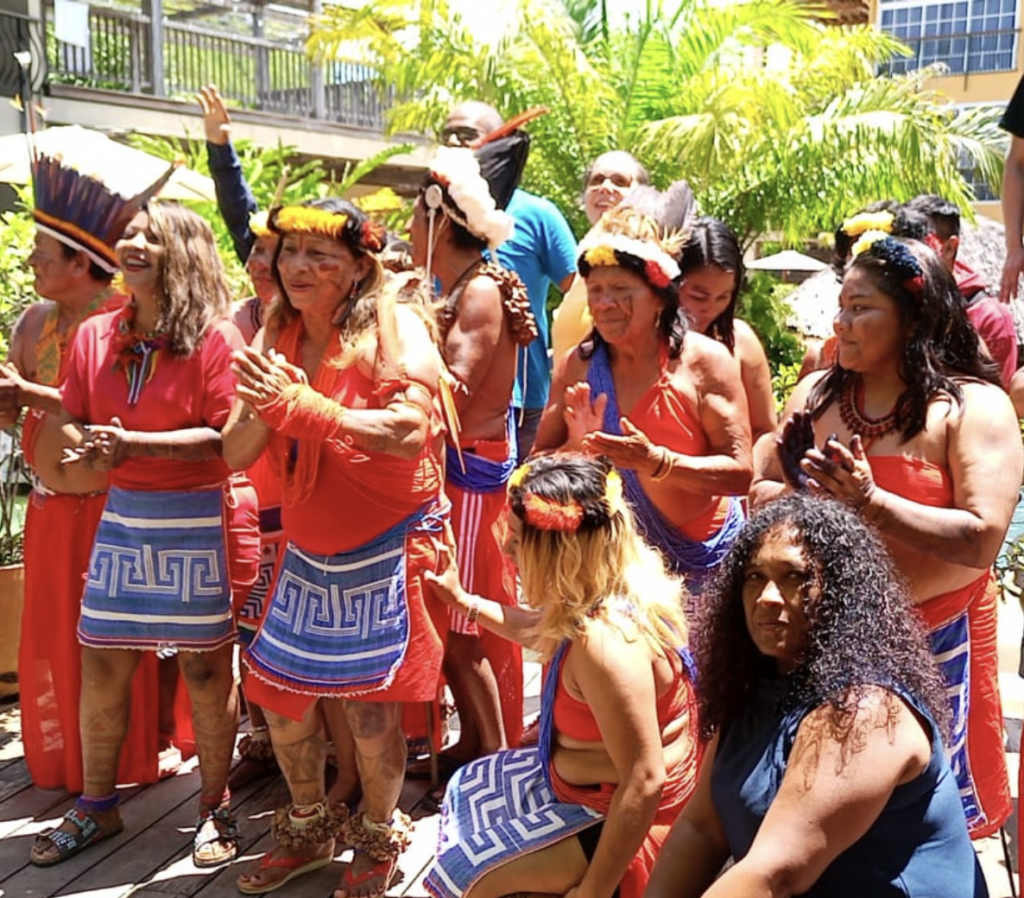
The creation of the Wayana Map will significantly contribute to the fight for
Indigenous Land Rights. Up till now, the boundaries of the Wayana area were only
known through oral narratives. Recognizing the need to preserve the knowledge of
our ancestors, The Mulokot Foundation felt the need to document this information.
With funding from the UNDP’s GEF Small Grants Program and additional
financial Aid from Nia Tero, we set out on several expeditions to determine the
borders. The demarcation is just the first phase of the project, which has now been
succesfully completed. We are currently in the second phase in which we will
focus on the land management aspects. Additionally, we would like to execute a
phase 3 in which we want to carry out several expeditions to the entire Wayana
area. During the expeditions, we consult with elders in order to document accurate
information. Documentation of the rich history, practices, traditions and culture is
very important so that these aspects never gets lost.
Official Launch
On Monday August 8th 2022, ahead of the International Day of the World’s
Indigenous Peoples, the Mulokot Foundation officially launched the Map of the
Wayana territory. From government officials, to partners, to fellow NGO’s to the
Wayana community, all stakeholders were present. Several Wayana leaders spoke
up. Their message was clear: “The government must grant us our land rights!”
The results
The total area was found to be 24.865 square kilometers which is approximately
15% of entire country. A total of 862 Wayana Indigenous Peoples live across nine
villages which are: Apetina, Tutu Kampu, Akani kampu, High Five kampu, Halala
kampu, Kawemhakan/Anapaike, Lensi dede, Kumakahpan and Palumeu.
Call to action for the government
Excavations have showed that the Indigenous peoples have lived in the territory for
thousands of years. Each day that passes, is a day too much in which the Wayana
(as well as the rest of the Indigenous community), are denied their land rights.
It is now up to the Surinamese government to recognize the legal land rights of the
Wayana Community as well as all Indigenous Peoples.
During the event, Mr. Asiskumar Gajadien, chairperson of the committee of the
Act on Collective Rights of Indigenous Peoples and Tribal Peoples in the National
Assembly, gave a guarantee that the necessary legislation will be put in place.
On behalf of the entire Wayana Community, the Mulokot Foundation has done our
part by demarcating the territories and constructing the map of the total Area.
We call upon the Surinamese government to now execute their duties, their
responsibilities, rather sooner than later.
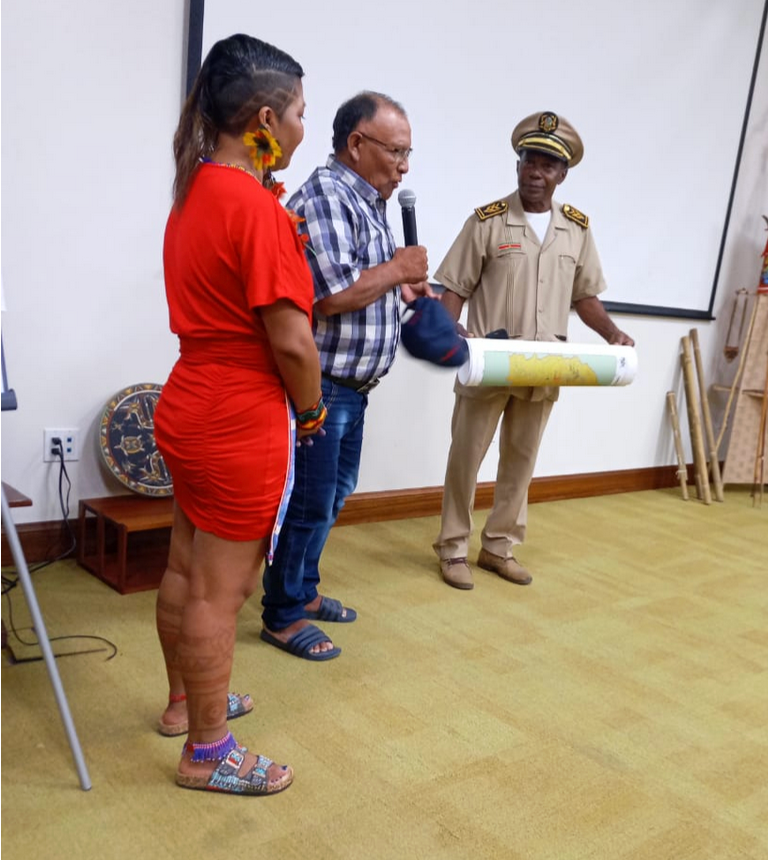
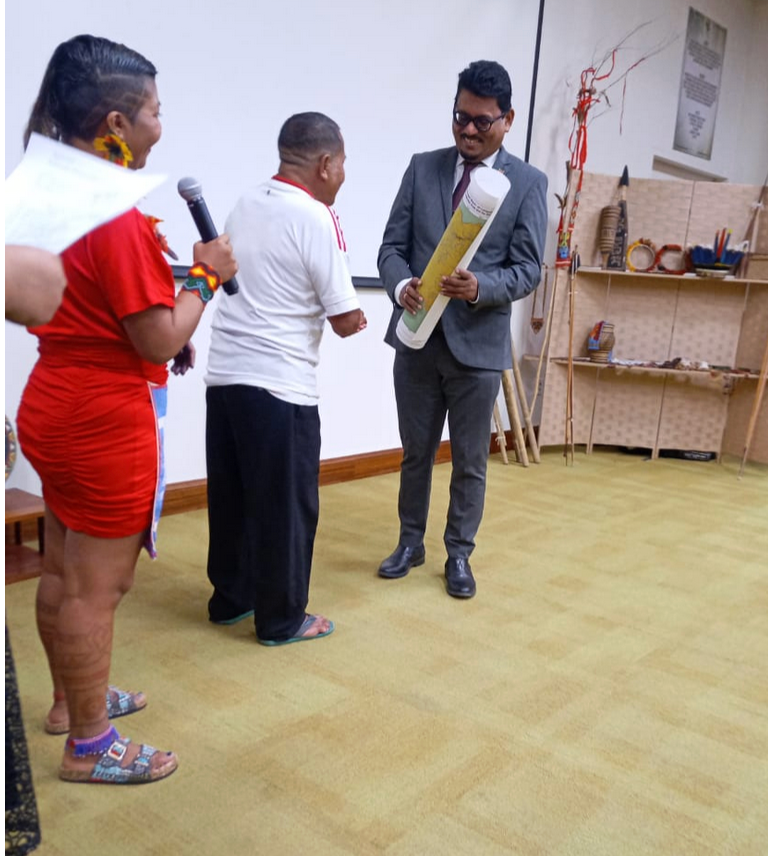
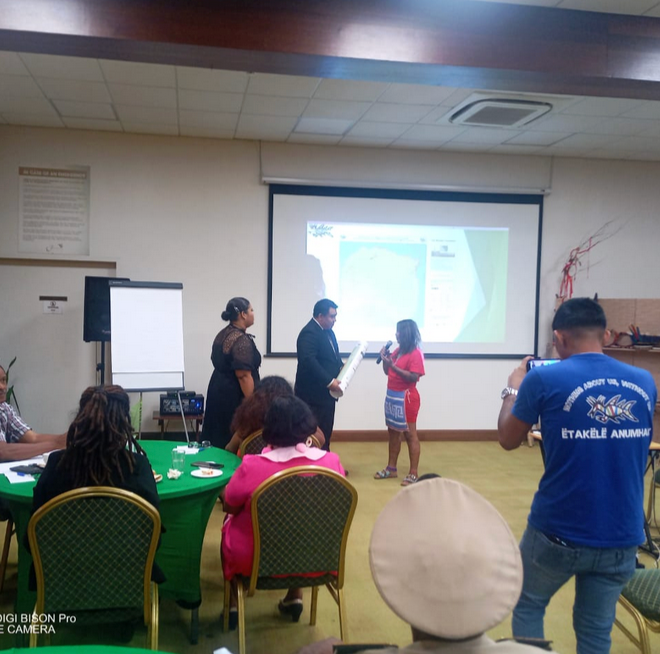
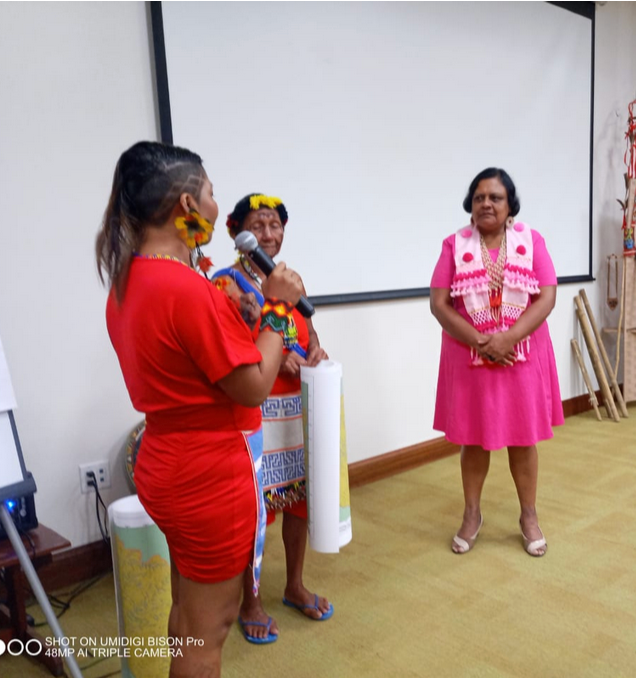
Our Newsletters
Make sure to follow our social media platforms for the latest news, updates, and exciting announcements about our activities.
Download The FPIC Protocol
Download the FPIC Protocol, available in a variety of different languages to accommodate diverse communities and ensure accessibility for all.
- Nederlands
- English
- Wayana
© 2024 Mulokot Foundation • All Rights Reserved powered By Native Tech Engineering
